Guillermo del Toro’s latest film, Crimson Peak, was destined to be my favorite movie of the year long before it reached theaters. The teaser images alone drove my need for the Gothic into ravenous pining. The lush costuming, the sets, Tom Hiddleston— every element called to me from a past life I try to recreate in my current one.
Yes, I really dig the Gothic.
I knew I loved it, and I knew it would do terribly at the box office. The $55 million dollar film only made $12.6 million opening weekend, paling in comparison to Goosebumps. Crimson Peak is a fine film, but it might not be for you.
The trailer is cut specifically to make Crimson Peak appear to be a horror movie: the opening shot of the decrepit house, the water in the bath running red while a shadowy figure lurches behind the frail heroine, warnings to never go to certain parts of the house—all are typical fare at this point for the horror movie crowd.
It’s not the horror aspect that proves problematic for the modern audience; it’s the Gothic. In this age, we’re far removed from the idea of the Gothic. Moviegoers expect blood, gore, and torn body parts when they hear the word “horror,” but the Gothic doesn’t focus on bursting pipes filled with blood – it emphasizes emotion. The only real monster is the one inside your mind. The counter-argument is that Crimson Peak isn’t Gothic Horror at all, but Gothic Romance. Turns out the two concepts are the same.
[blocktext align=”left”]It’s not the horror aspect that proves problematic for the modern audience; it’s the Gothic.[/blocktext]Gothic Romance, or specifically, the Romantic period (capital R), isn’t about romance (lowercase r) at all. Romanticism is the artistic movement that resulted following the Industrial Revolution and the Age of Enlightenment. Until that point (Romanticism peaked from 1800-1850), Realism had been the norm.
The exploration shifted from external source to internal experience, emphasizing emotions like fear, horror, and awe. As the world began building up via machinery, the artist looked back to the simplicity of nature and the internal and mental condition of man. Gothic Romance is not romantic in the sense of unrequited love and clandestine encounters.
Gothic Romance is downright terrifying.
This is where Crimson Peak succeeded. The film follows Edith Cushings (Mia Wasikowsa), a young writer trying to publish her Gothic fiction. She’s frustrated because her penmanship is too feminine and she feels she’d be taken seriously if publishers believed her a man. A mysterious gentleman, Thomas Sharpe (Tom Hiddleston) arrives in town along with his sister, Lucille (Jessica Chastain), and Edith finds herself obsessed with him because Sir Thomas believes in her work. Edith soon marries him and moves to Allerdale Hall, a crumbling estate with a dark history.
Yes, there are ghosts in this film, but in the Gothic tradition, the ghosts are remnants of the past creeping in to disturb the present, bringing warnings and trying to protect another soul from joining their ranks. Sharpe is an inventor, surrounded by modern (to Victorian standards) technology, living in a haunted house. While the ghosts are scary (and beautifully done), they hold much more than cheap jump scares. It’s not about the ghosts; it’s about the emotion.
[blocktext align=”center”]Remember that spoiler warning? Here it is. Take heed.[/blocktext]
We know the Sharpe siblings are bad news. Costume gives a lot away: Thomas and his sister are always in black or red, where Edith is dressed in yellow or white. The Sharpes are the definition of brooding Byronic: charming, sophisticated, dark, and captivating. The house itself is a spike-ridden death trap with a collapsing roof and floorboards, sitting on land that quite literally bleeds because the clay underneath is red. Here are your clear warning signs, here is the mark that tells you these people are dangerous.
There is no twist. There’s no surprise.
The focus is instead on the twisted relationship between Thomas and Lucille, the fractured family dynamic. It’s about how Thomas was sexually abused by his sister, how his life revolves in the attic he was locked for the majority of his childhood. It’s about Lucille’s plot to make her brother marry wealthy women and murder them for their inheritance.
The Gothic allows Edith to sympathize with the ghosts in her home and harnesses their help instead of burying her head in the sand. The Gothic’s primary concern is human emotion. Its goal is to make you think about emotion, not as a plot device or gimmick, but as an idea.
If you went to see Crimson Peak expecting a slasher, yes, you were disappointed. If, like me, you were delighted to finally see a historical Gothic in the public eye, you probably loved it as much as I did.
[blocktext align=”right”]The Gothic’s primary concern is human emotion. Its goal is to make you think about emotion, not as a plot device or gimmick, but as an idea.[/blocktext]I love the inversion of tropes, where we have two incredibly strong and powerful women calling the shots and the weak and tormented male. I love that Lucille was the wicked one. Hell, I just love Lucille. Forget the ghosts; Jessica Chastain was the most terrifying thing in that film. I loved every moment of Crimson Peak from start to finish.
All praise aside, there are things I would have liked to see better developed, specifically the relationship between Edith and Dr. Allen McMichael (Charlie Hunnam). We understand that they were childhood friends, and that Allen has a crush on Edith. Edith is fully aware of this, too, but I had difficulty reconciling any real romantic bond between them. I didn’t see the pair as childhood sweethearts, and I can’t make myself believe Edith was torn between him and Sir Thomas.
Over all, if you like Gothic horror, go see Crimson Peak. You won’t be disappointed. If you have seen it and want to embrace your newly found or newly rekindled lust, pick up Horace Walpole’s The Castle of Ortranto. It was the first Gothic novel, written in 1764. If you want more familiar territory, Bram Stoker’s Dracula and my girl Mary Shelley’s Frankenstein are perfect. If you’re dying for strong female heroines (and who isn’t?), Leanna Renee Hieber’s Magic Most Foul saga and The Eterna Files have you covered.
Hopefully, a few of these will sate you.
Or be like me and go see the movie again. I give Crimson Peak five out of five stars.
—
Meghan Harker is a Horror writer for Girls in Capes. She graduated from Brenau University in 2011 with a degree in English. She attended Cambridge University for a semester, but still didn’t master an British accent. When not writing, she’s either drawing, reading, hosting the Courting Casualties podcast, hunting antiques, or lamenting that she wasn’t born in the 1800s. If you follow her on Twitter @ExquisitelyOdd, you might get the chance to play Guess Who’s Dead!, her favorite post-mortem photography game (no one else likes to play.)
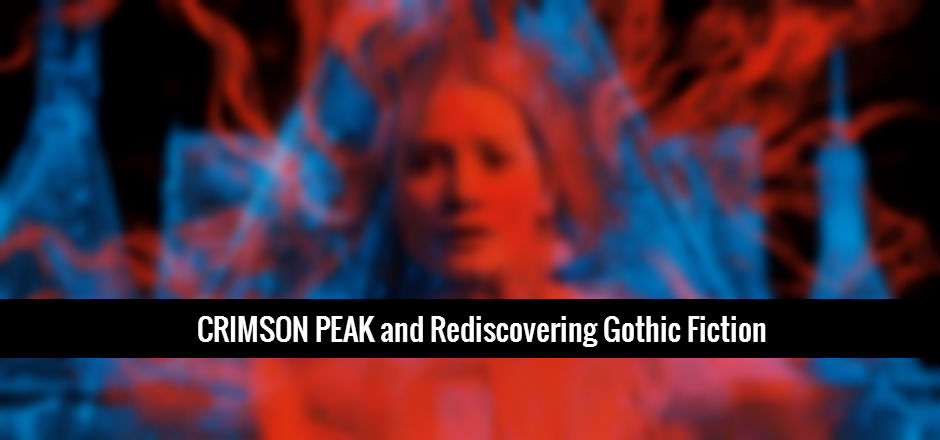

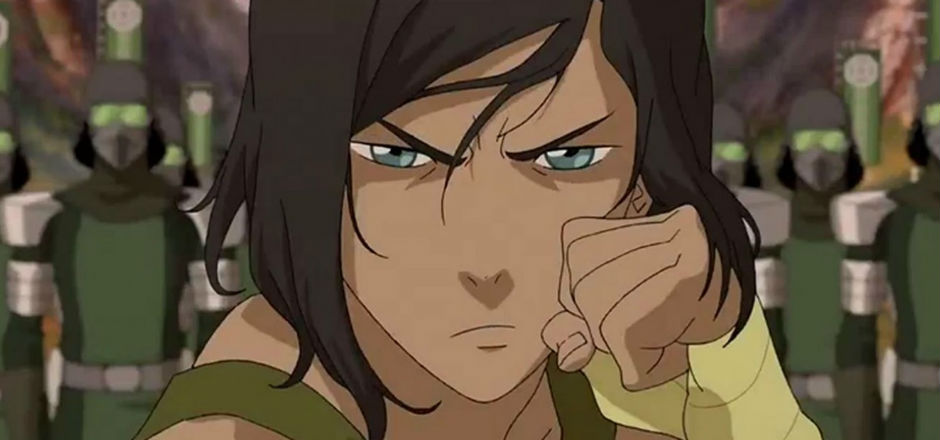
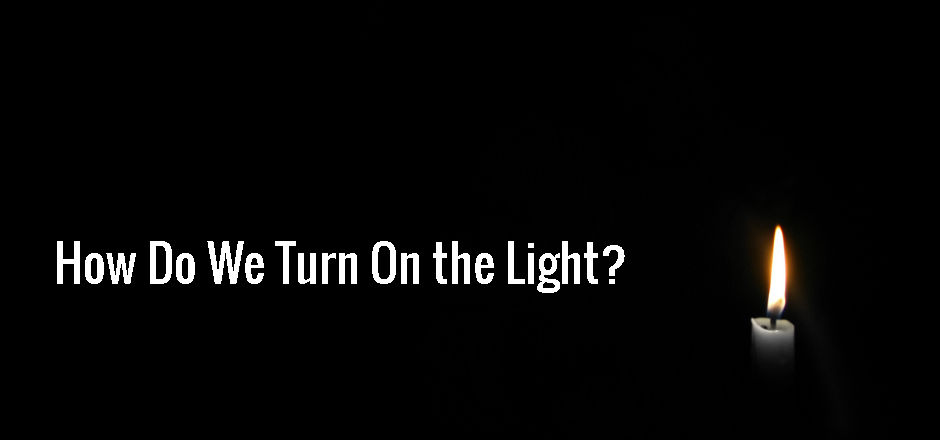
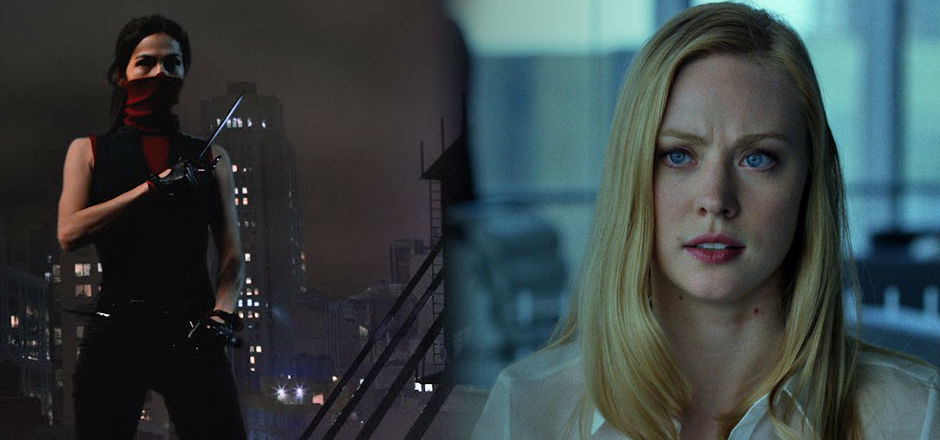
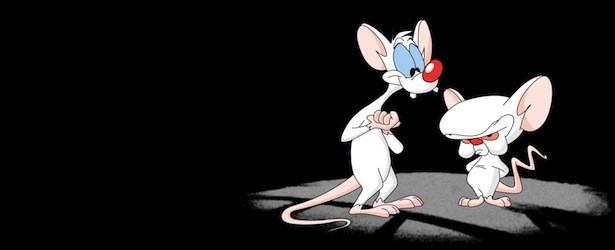

Really excellent article, Meghan. As far as introductions go regarding theme and emphasis, I think you nailed it. (I too loved the movie, and my predictions were very much like yours: lush and a box office failure. Still, waiting for it to hit iTunes so I can download it and rewatch.)